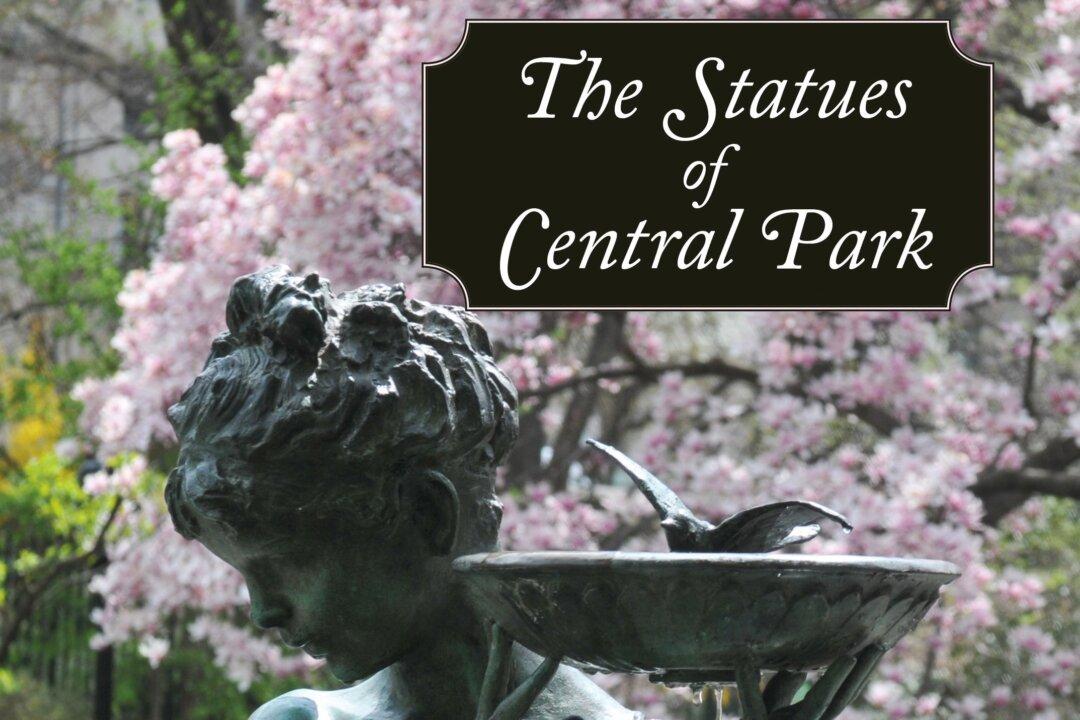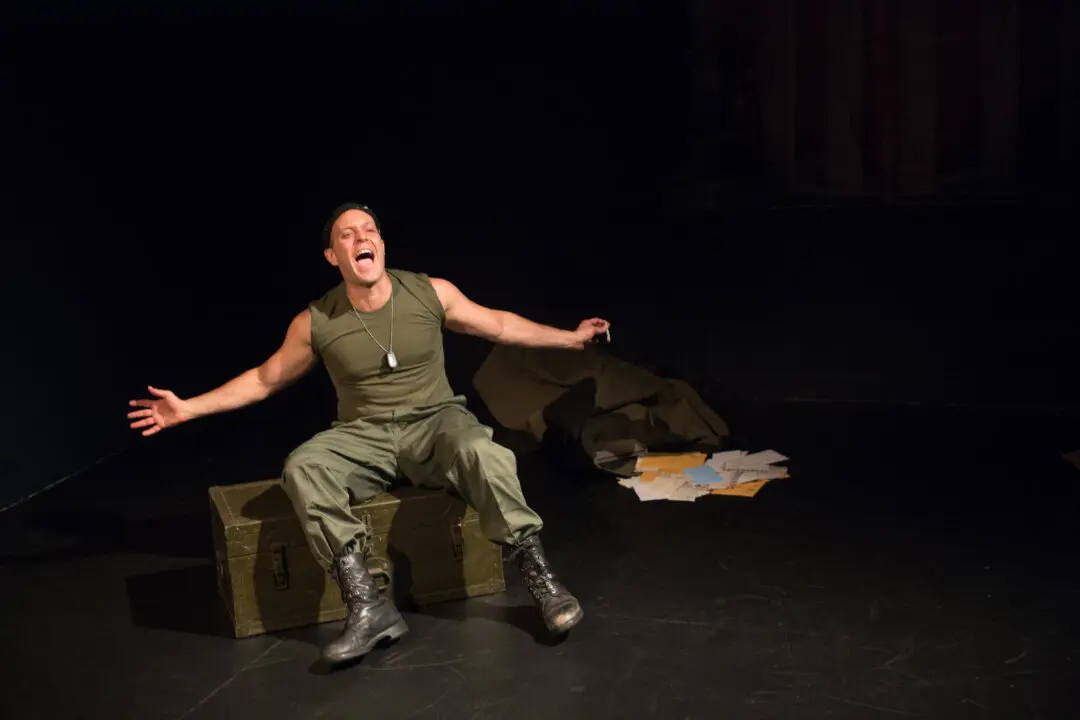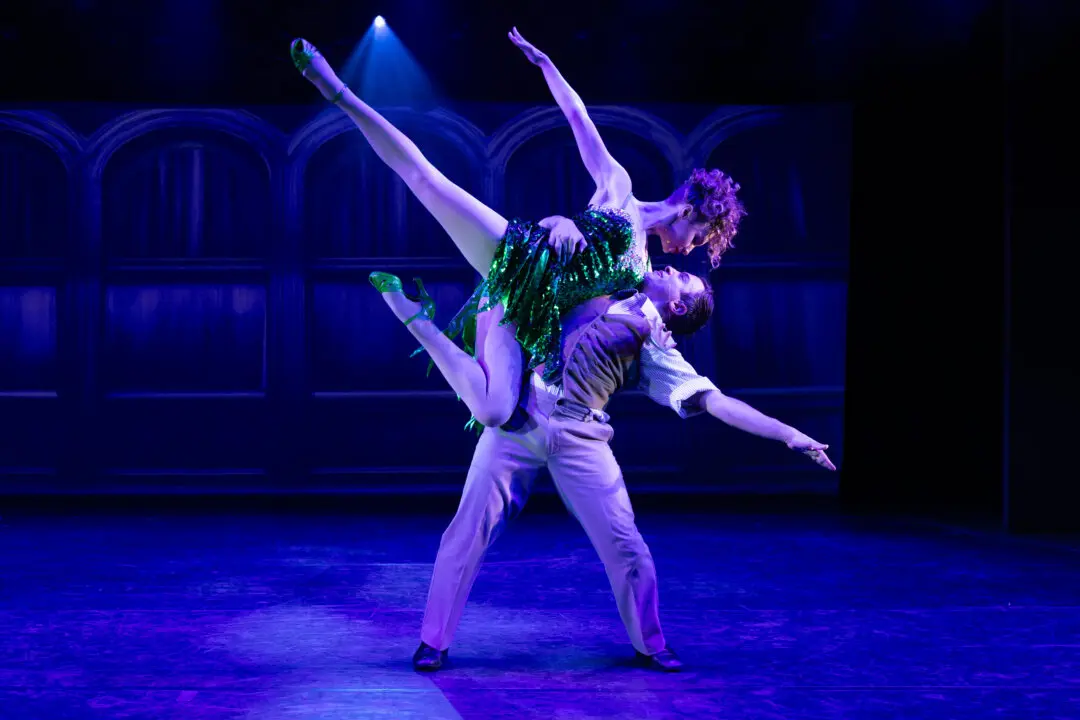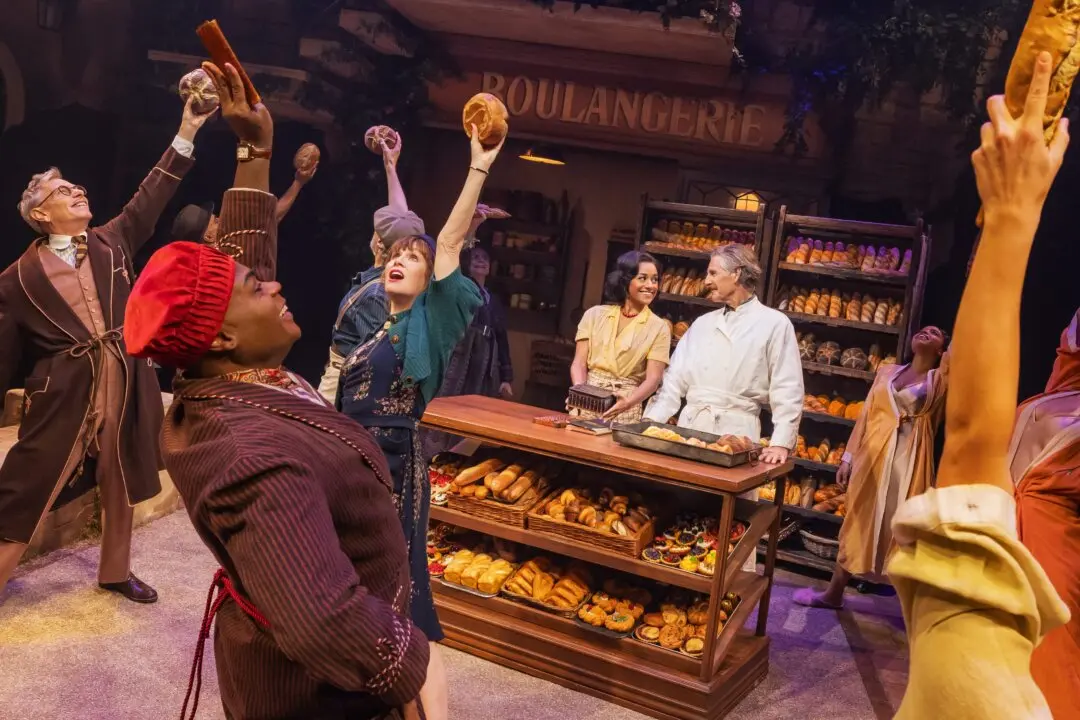With its 843 acres, New York City’s Central Park has long been a mecca for those seeking a moment of tranquility while they temporarily escape the teeming metropolis that surrounds them. However, they often overlook the park’s many sculptures, statues, and monuments. Yet as June Eding makes crystal clear in “The Statues of Central Park” each of these works carries its own significance—from commemorating a specific moment in history to saluting an individual whose deeds left an indelible mark.
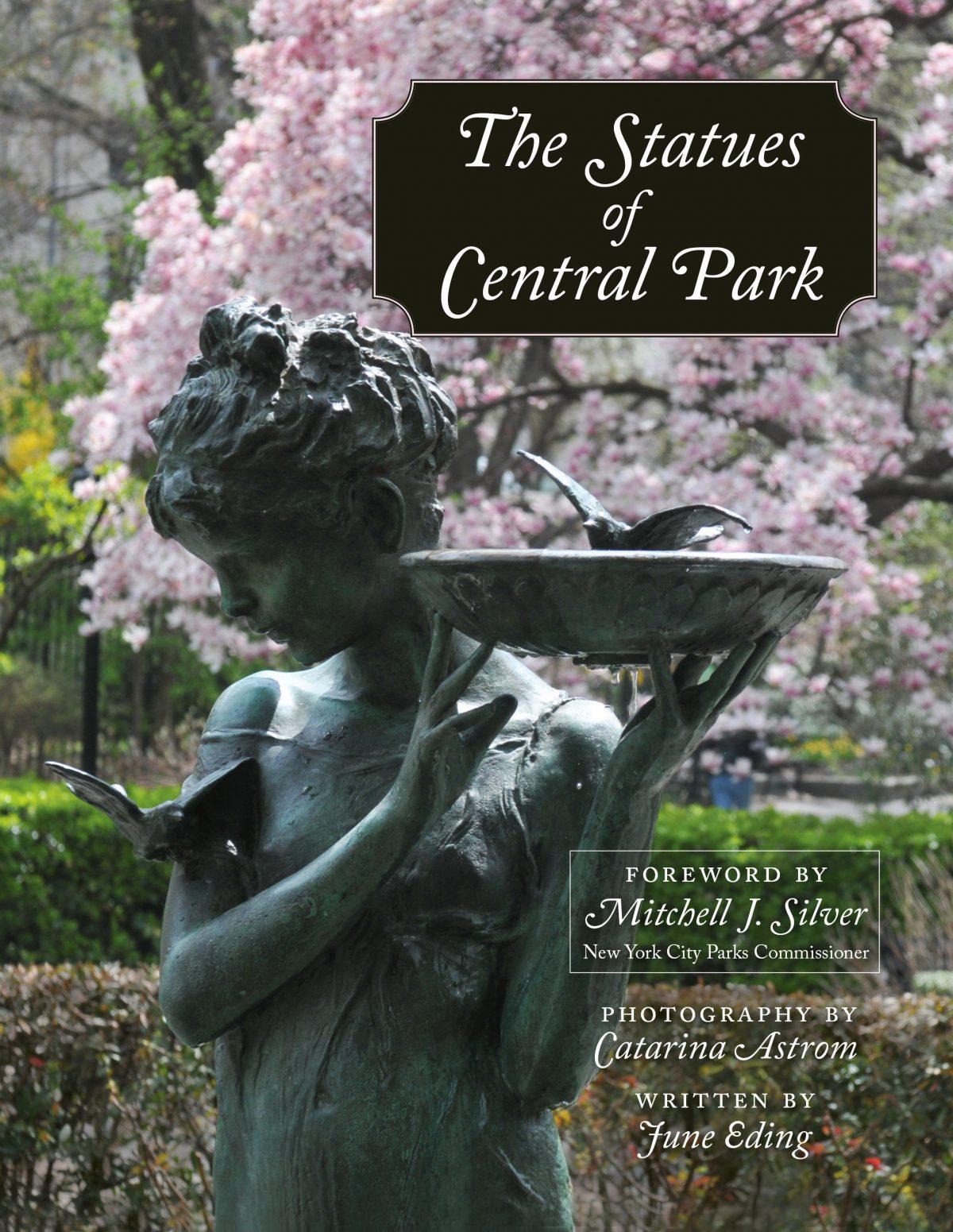
The cover of a coffee table book by June Eding, "The Statues in Central Park: A Tribute to New York City's Most Famous Park and Its Monuments.”

